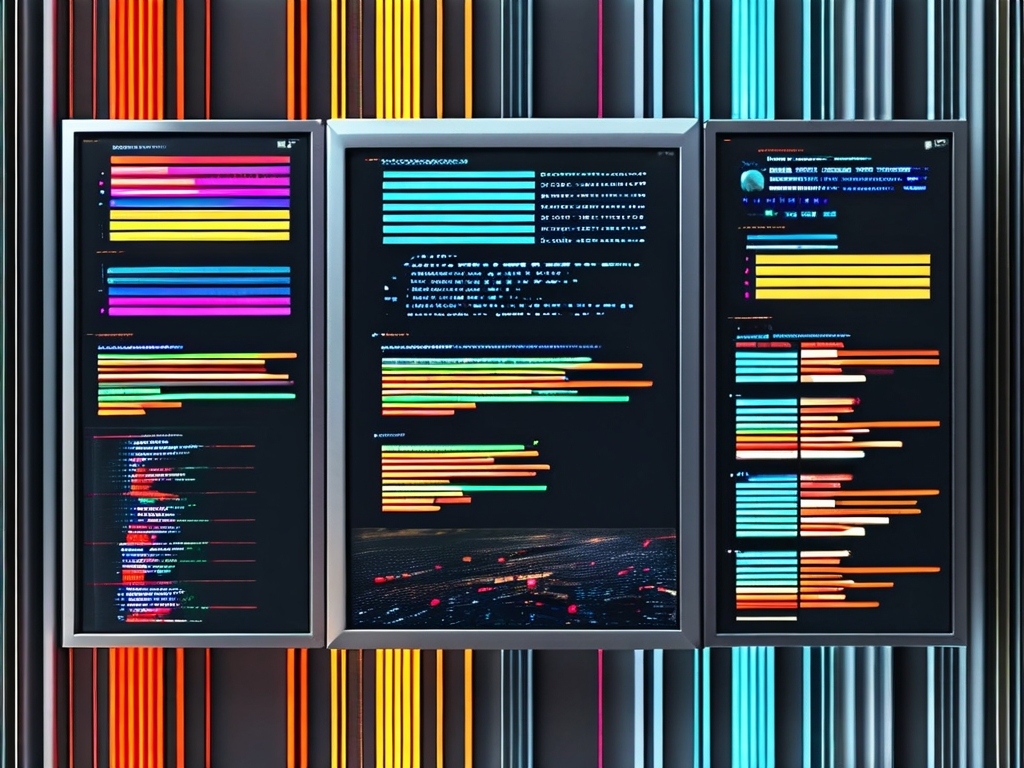The field of embedded systems development has transcended national boundaries, becoming a cornerstone of global technological innovation. As companies and teams increasingly collaborate across countries, the dynamics of designing, testing, and deploying embedded solutions have evolved. This article explores the unique challenges and opportunities faced by developers working in international embedded projects, highlighting strategies for success in a connected world.
The Rise of Global Embedded Development
Embedded systems—the specialized computing devices embedded within larger systems—power everything from medical devices to automotive systems and smart infrastructure. With the rise of the Internet of Things (IoT), demand for these systems has surged, pushing organizations to tap into global talent pools. Countries like Germany, Japan, and the United States have long dominated hardware innovation, while nations such as India, China, and Eastern European countries have emerged as hubs for software-centric embedded development. This globalization enables cost efficiency, diverse expertise, and round-the-clock development cycles. However, it also introduces complexities.
Challenges in Cross-Border Collaboration
-
Cultural and Communication Barriers: Differing work cultures, language gaps, and communication styles can lead to misunderstandings. For instance, a team in Silicon Valley prioritizing agile sprints might clash with a German team’s structured, documentation-heavy approach. Clear protocols and tools like Slack or Microsoft Teams are essential to bridge these gaps.
-
Regulatory and Compliance Hurdles: Embedded systems often face strict regional regulations. A medical device compliant with the EU’s CE marking may not meet the FDA’s requirements in the U.S. Developers must navigate these frameworks early to avoid costly redesigns.
-
Technical Standardization: Variations in hardware components, communication protocols (e.g., 5G vs. LoRaWAN), and testing environments complicate integration. A sensor designed for India’s climate might fail in Scandinavia’s colder conditions, demanding localized adaptations.
-
Intellectual Property (IP) Risks: Sharing code or designs across borders raises IP security concerns. Companies often rely on legal agreements and encrypted collaboration platforms to mitigate risks.

Opportunities for Innovation
-
Leveraging Diverse Expertise: Global teams bring unique perspectives. For example, Japanese engineers’ expertise in miniaturization can complement American strengths in AI-driven embedded analytics, fostering breakthroughs in wearable tech.
-
Access to Emerging Markets: Developing embedded solutions for regions like Southeast Asia or Africa requires localized insights. A team with on-ground developers can tailor solutions to address infrastructure gaps, such as low-power IoT devices for areas with unreliable electricity.
-
Open-Source Collaboration: Platforms like GitHub and GitLab enable decentralized development. Projects like Zephyr RTOS (Real-Time Operating System) thrive on contributions from developers worldwide, accelerating innovation.
-
Cost and Resource Optimization: By distributing tasks across time zones, companies can achieve faster turnaround times. A team in Poland might debug code overnight, allowing a U.S.-based team to resume testing the next morning.

Case Study: Automotive Embedded Systems
The automotive industry exemplifies global embedded development’s potential and pitfalls. Modern vehicles rely on hundreds of embedded controllers, often developed by multinational suppliers. For instance, a German automaker might source engine control units (ECUs) from a Korean manufacturer, integrate infotainment software from India, and validate safety systems in collaboration with Swedish engineers. While this model drives innovation, it demands rigorous coordination to ensure compatibility and compliance with safety standards like ISO 26262.
Best Practices for Success
- Unified Development Frameworks: Adopt tools like Docker or Kubernetes to standardize environments.
- Cultural Sensitivity Training: Foster mutual understanding through workshops and cross-team exchanges.
- Modular Design Principles: Create systems with interchangeable components to simplify localization.
- Robust Documentation: Maintain detailed records to aid knowledge transfer across regions.
The Future of Global Embedded Development
As 5G, edge computing, and AI reshape embedded systems, international collaboration will grow even more critical. Emerging trends like federated learning (decentralized AI training) and quantum-resistant encryption will require global consensus on standards. Meanwhile, startups in regions like Latin America and the Middle East are entering the arena, further diversifying the ecosystem.
In , embedded development in a globalized world is both a challenge and an opportunity. By embracing diversity, standardizing processes, and prioritizing clear communication, teams can unlock the full potential of cross-border innovation—building embedded systems that transcend boundaries and transform industries.

